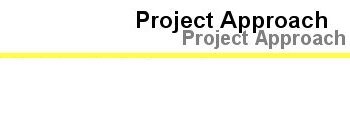



| The approach of the project is the use of ontologies for each of these three processes. We will develop a three-layered tool
environment to achieve these goals. At the lowest level (the information level), weakly-structured information sources are processed to extract machine-processable meta-information from them. The intermediate level (the representation level) uses this meta-information to provide automatic access, creation, and maintenance of these information sources. The highest level (called access level) uses advanced push ad pull techniques to lower the thresholds for accessing this information. Agent-based techniques as well as state-of the art querying and visualization techniques can fully employ the formal annotations to guide user access of information. At all levels, ontologies are the key asset in achieving the described functionality. The methodology will complement the tool helping to bridge the gap between information needs and information sources. Ambition Level The ambition level of the project is described along three dimensions:
|